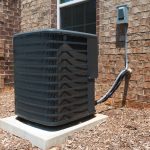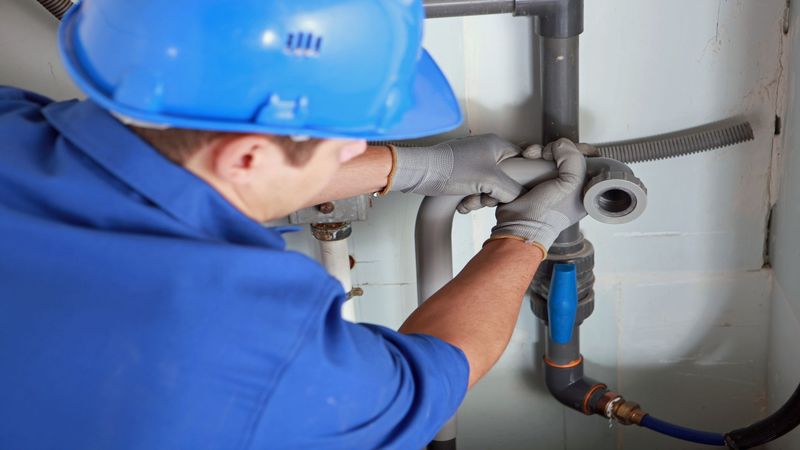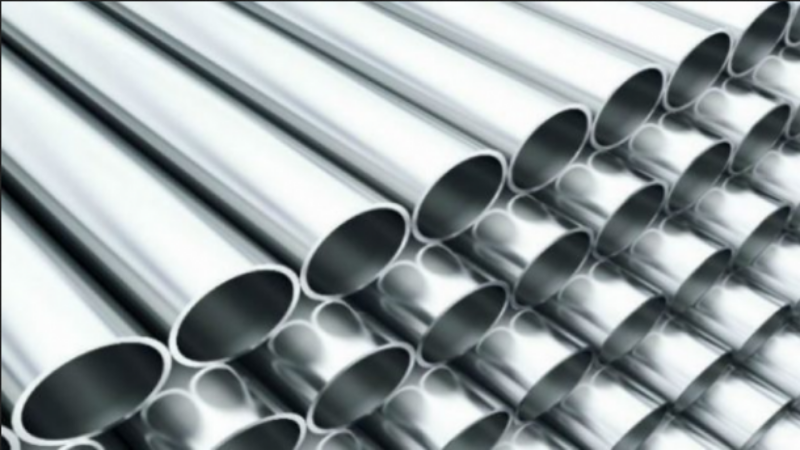Molds are rigid frames that mold liquid or plastic materials into various forms as part of the thermoform tooling process. The industry uses different molds and mold-making processes, such as blow molding, injection molding, compression molding, and extrusion molding.
Because aluminum injection molds may be dependably used to make more than one million components during their lifespan, aluminum continues to gain appeal as a material for thermoforming molds. In addition, an aluminum mold plate can be made more cheaply and with greater manufacturing flexibility than steel-based molds.
Today’s market offers a vast selection of aluminum alloys. The material’s dimensional stability, component shape, mold operating temperature, and welding effects are things to consider when choosing which alloy to utilize.
Heating Reactions
Different alloy series respond to heat in different ways. When cooled to room temperature, the cast mold plates from the 2xxx and 5xxx series retain their original characteristics. Heat-treated metals, however, do not regain their former strength when subjected to extremely high temperatures. For instance, alloys from the 7xxx family subjected to temperatures higher than 400°F may lose 50% or more of their strength. This is something that all aluminum mold plate suppliers know and understand.
Welding Requirements
Some aluminum thermoforming molds call for welding. New methods and materials have been created to reduce the damage that welding heat does to the aluminum mold plate. Because heat-treated materials might lose strength when exposed to welding heat, as shown above, welding filler wire has been created to work with certain 7xxx series mold alloys.
In the welded region, the filler wire provides better color matching and less porosity. Even the welding methods used with aluminum from the 7xxx series have improved. Using a DC pulse welding process, the welded region receives less heat, resulting in less strength loss.






